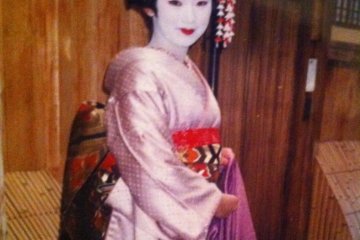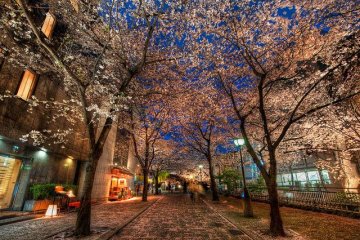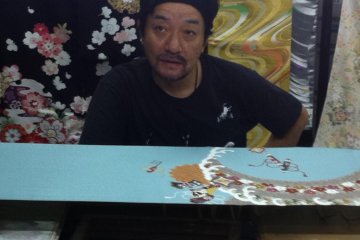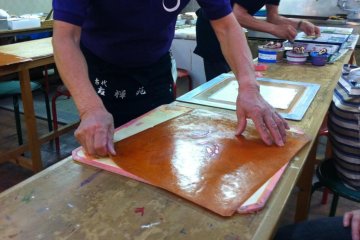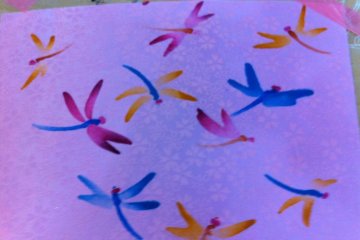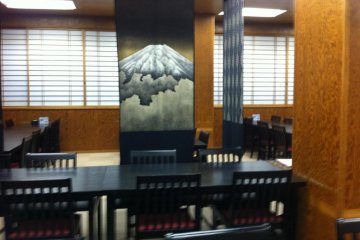Would you like to own a tailor made kimono with your own personalized design? Of enjoy the fun of making your own kimono print in a 30 minute workshop? Today I had a personalized tour of the Kimono Museum and Yuzen (kimono dyeing) Center with the director, Mr Tetsuo Kondo. The mission of his museum is to preserve and promote kimono making so it can be enjoyed for all eternity.
For more than a millennium, the essence of Japanese culture has been enriched through this exquisite medium. Kimonos came into fashion during the Heian period (794 – 1192), with the earliest kimonos influenced by traditional Chinese clothing. Over the next thousand years the kimono took on more Japanese characteristics, with the obi (waist belt) becoming wider and more distinctive.
Nowhere more than Kyoto does kimono and Yuzen dyeing reflect the beauty of nature, and creativity of these dedicated artisans. The link between the Imperial Palace and nobility to Kyoto handicraft is easy to see, as the upper echelon of society only purchase kimono from established Kyoto artisans for weddings and special occasions. Mr Kondo proudly showed us photos from the Imperial Family’s last visit.
In this temple to kimono design, you can easily lose yourself amongst the various displays. Kimono in all kinds of designs and materials, for fashion, home decoration or as art in its own right are displayed. Mr Kondo tells me that some of these kimonos have been lovingly restored from the Edo period 150 years ago. In keeping with Kyoto’s affinity with the four seasons, these exhibits are changed from their collections every season.
Kimono cloth designs can also be used to make noren, which are like shop curtains. As you visit the museum shop, it is wonderful to feel the kimono’s beauty, comfort and warmth.
With yuzen or kimono dyeing, calligraphy like brushes is used to paint colors freehand. The use of gold and silver colors creates a deep and rich impression, and is much glossier than mass produced paints. Once you enter the studio you can see these masters at work and talk to them about their art. Many of these artists create their own designs, and also make their own dyes and pigments to create the exact color and texture. These masters have been working for many years to satisfy customers who are extremely demanding and who would never buy mass-produced textiles. A woman's kimono may cost more than 1 million yen. If this is beyond your dream, the beautiful geisha dress up sessions in which you can indulge your fantasy for up to three hours, may be more your liking
You can also join the Yuzen print making workshop which is lots of fun for all ages. As the center has many artisan teachers and a large workshop, this is a great place to take your family, school or convention group or for a team building day. I am humbled by their patience time and effort as they teach me how to place the different colours on the stencil, in a rhythmic and light movement, simular to calligraphy. The screen painting brings me back to an earlier time when I enjoyed the physical feel of art. In this workshop you can choose from a number of materials and designs, from dragonflies and scenes from the Tale of Genji. In real life though these artisans work without stencils, so I can imagine how painstakingly careful they are!



